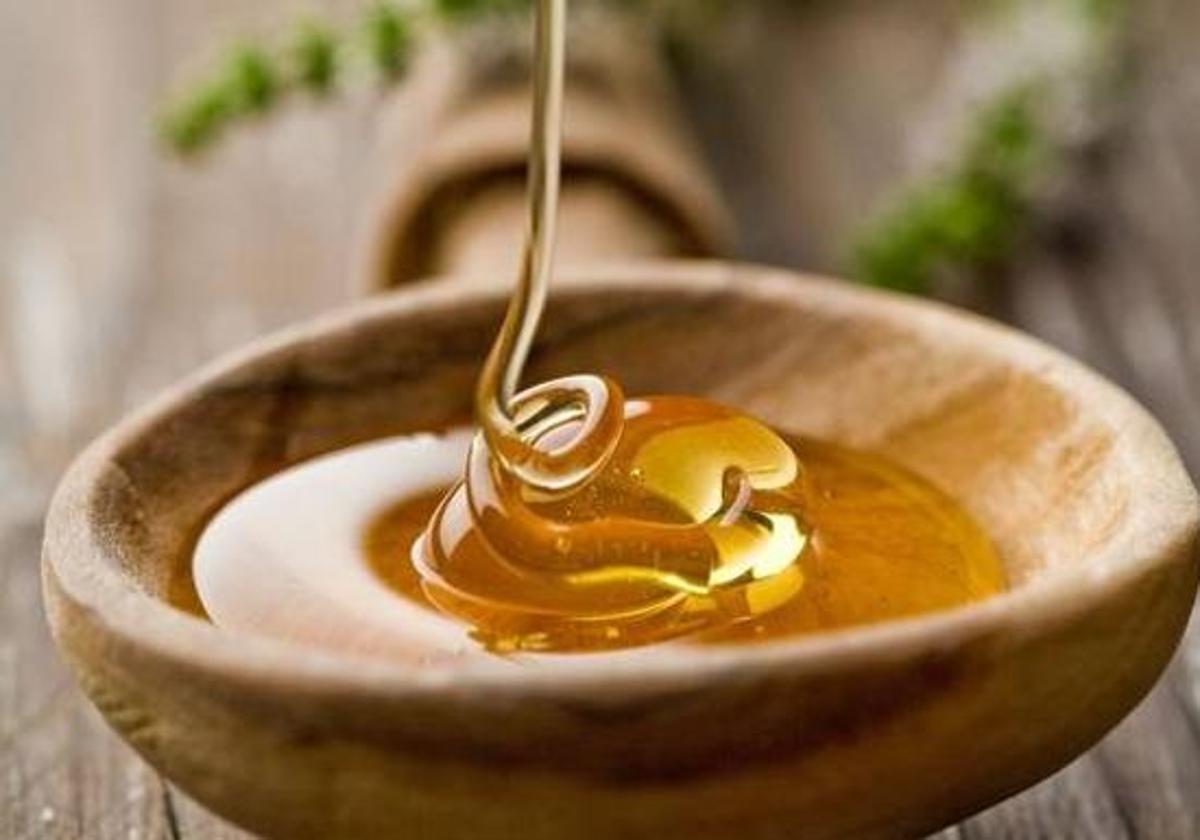

Sections
Highlight

Although honey production in Europe is high - second only to China, with more than half a million tonnes per year - the demand for honey is even greater, which is why it is also imported to the continent from other countries, which tend to have different regulations. European beekeepers have been complaining for years that honey is being sold in Europe that does not meet their requirements, and they have been calling for greater control by the authorities.
According to the European Commission's food report from 2023, honey and royal jelly were among the products that raised the most concerns of suspected fraud. A 2021-2022 European Commission investigation into the honey marketed in Europe revealed that almost half (46%) of the products investigated did not comply with requirements.
A leading consumer organisation in Spain (OCU) has said the European market contains products with added glucose and fructose syrups, as well as other additives and colourings, that adulterate the product and are not permitted in honey. In addition, the origin of the product is sometimes not indicated.
In Spain, any packaged product, including honey, must indicate its country of origin, according to regulations from 2020. However, with the recent approval by the cabinet of a Royal Decree amending the quality standard for honey, this requirement has been further tightened.
The main change is that, when the product is a blend, it is now compulsory to indicate the percentage of contribution of each country of origin in the main visual field of the label. In other words, it is not enough to state the places of origin of the packaged product and the percentage of each country must also be added.
According to the Ministry of Agriculture, "with the incorporation of this amendment to national legislation, the aim is to protect and increase the competitiveness of the honey of Spanish origin and to strengthen the national market by providing it with greater transparency and information, and to position the products against imported honey."
As the OCU pointed out, the modification of the honey quality standard is good news for consumers, as it includes measures that contribute to improving the product that reaches the Spanish market. How? By guaranteeing that the honey has not been stripped of the natural substances or ingredients that give it its properties. For example, the filtered honey variety is eliminated, so that honey from which a significant part of the pollen has been removed will be considered honey for industrial use and cannot be marketed directly to the final consumer.
However, the OCU recommends that, in order to be sure of the origin of the honey consumed, "it is best to choose honeys with PDO or PGI (quality seals linked to a protected origin)", such as PDO Miel de Málaga, PDO Miel de Granada, PDO Miel de La Alcarria, PDO Miel de Tenerife, PDO Miel de Villuercas-Ibores, or PGI Miel de Galicia.
Publicidad
Publicidad
Publicidad
Publicidad
Esta funcionalidad es exclusiva para registrados.
Reporta un error en esta noticia

Debido a un error no hemos podido dar de alta tu suscripción.
Por favor, ponte en contacto con Atención al Cliente.

¡Bienvenido a SURINENGLISH!

Tu suscripción con Google se ha realizado correctamente, pero ya tenías otra suscripción activa en SURINENGLISH.
Déjanos tus datos y nos pondremos en contacto contigo para analizar tu caso

¡Tu suscripción con Google se ha realizado correctamente!
La compra se ha asociado al siguiente email
Comentar es una ventaja exclusiva para registrados
¿Ya eres registrado?
Inicia sesiónNecesitas ser suscriptor para poder votar.